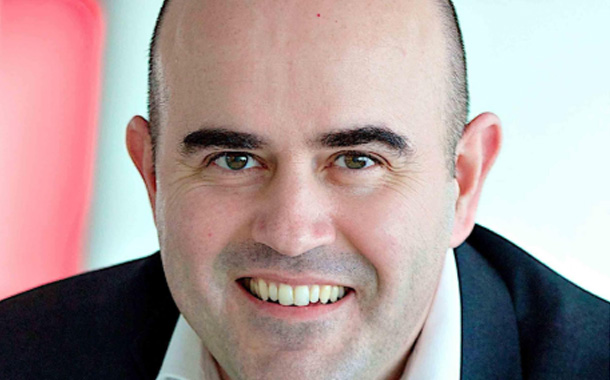A survey of recent public statements by executives of the 20 largest mobile network operators (MNOs) worldwide shows that while mobile network executives share a belief in the long-term potential of 5G, more than half (53 percent) see no near-term business case for the technology.
According to new Bain & Company research, ‘Why the 5G Pessimists Are Wrong’, network operators that do not move quickly enough on 5G run the risk of being left behind on a technology that has the power to dramatically increase network speed and capacity and give early adopters a competitive edge. This would have material market share and cash flow consequences given the quality of the network – the single most important purchase criteria for the majority of customers.
“Generation after generation, we’ve seen network operators invest capital to upgrade their infrastructure with the firm belief that those investments would lead to more satisfied customers, a reinvigorated top line, and higher profits,” said Herbert Blum, who leads Bain & Company’s Telecommunications practice in the Americas. “Given the potential 5G technology has to bring about a step change in network performance and thereby new uses, the reluctance of some operators to commit to this new technology is striking.”
Gregory Garnier, Partner, Middle East, said: “The demand for mobile data transmissions has been growing by 40 per cent per year globally, prompting operators to regularly create new cells. Since 5G cells are capable of taking up some of that demand, operators won’t need to build as many new 4G cells, which will in turn help them put a cap on capital spending. 5G is a hot topic for operators in the GCC as both a way to keep leading and innovating in the digital space and in some markets as a powerful mean to disrupt fixed and fiber access “
Winning operators will be those that build 5G networks that make full use of existing physical and spectral assets. The leading MNOs invest prudently, avoiding unnecessary surges in capital spending. They develop multiyear, battleground-specific rollout plans that they can adapt as 5G technology improves. Additionally, these operators focus on investments that can deliver both operating costs savings and revenue growth, with the goal of sustaining a steady capital spending-to-revenue ratio of 9 percent to 12 percent.
“As was the case with earlier generations of network technology, 5G, along with closely related digital transformation, will unlock capital efficiencies,” said Darryn Lowe, a partner in Bain & Company’s Telecommunications practice. “The most forward-looking operators will use those savings to invest in new revenue-generating 5G projects—thereby defying the 5G pessimists and fully embracing the promise of what this latest generation of network technology can deliver.”




















